The Clean Power Plan Resource Guide
What is the Clean Power Plan and why does it matter?
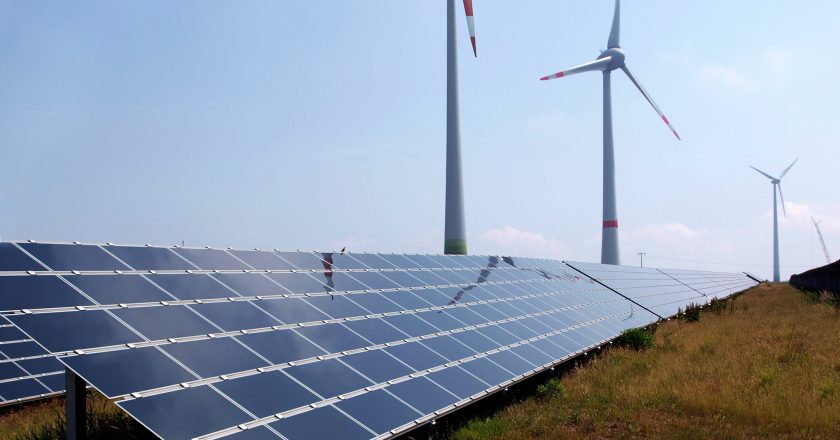
What is the Clean Power Plan and why does it matter?
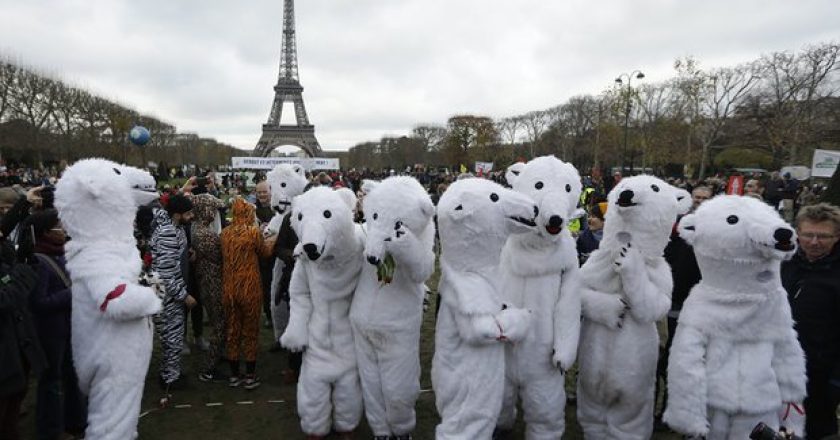
One big question for negotiations at COP21 is whether to develop a long–term global goal for climate action, and if so, what that goal might look like. While all the long-term goals aim to avoid catastrophic climate change, each one proposes a different way to get there. Navigate the maze here.

The term “climate finance” refers to public and private mechanisms established to help fund countries in their efforts to reduce emissions and adapt to the impacts of climate change. Read on for details of the Green Climate Fund–the current focus of this work–and other finance initiatives.
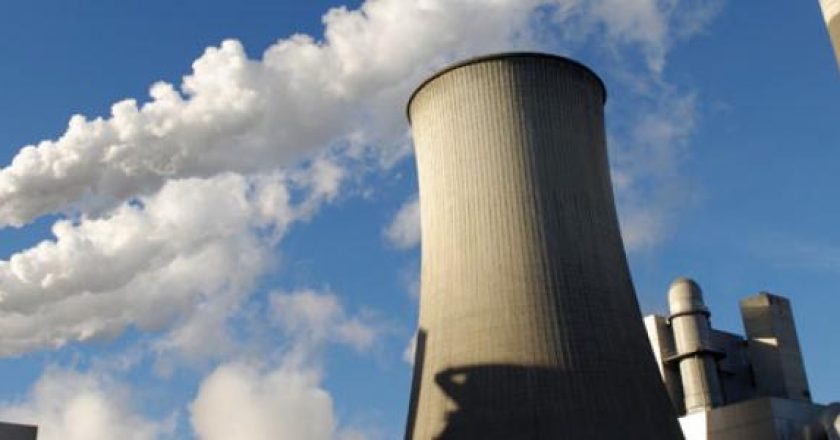

Experts on climate change policy speak in support of the US contribution to the UNFCCC process and the Paris Agreement.

2014 was 0.69°C (1.24°F) above the 20th century average of 14.1°C, making it the hottest year on record since NOAA’s National Climatic Data Center began taking measurements in 1880. The record surpassed the previous hottest year record, shared by 2005 and 2010, by 0.04°C (0.07°F). As the Earth heats up, new temperature records are increasingly common.
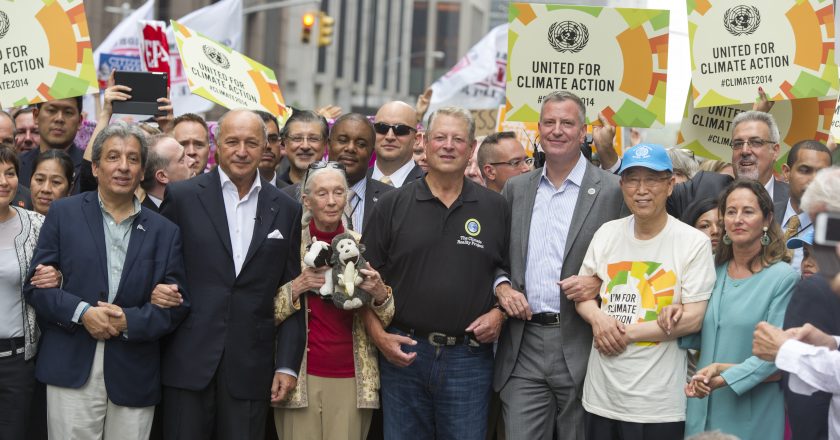
2014 has seen unprecedented heat and experienced devastating extreme weather events, some of which have already been linked to climate change.
2014 also witnessed an unprecedented level of support for climate action, from people on the streets demanding change to heads of state reaching record accords.

On Sunday, December 14, 2014, UN climate negotiations closed in Lima, Peru with negotiators agreeing to text that will form the basis for a new international agreement expected next year in Paris. The Lima decision sets the foundation for a Paris agreement that can move the world closer to a clean energy pathway that avoids catastrophic impacts of global warming.

Parties to the United Nations Framework Convention on Climate Change (UNFCCC) are gathering in Lima, Peru to lay the foundation for the for the global climate deal that will be finalized in Paris next year.
While global temperatures are shaping up to make 2014 the hottest year on record, the U.S. has endured over a week of unseasonably wintry conditions due to atmospheric blocking – a large scale pressure pattern with little or no movement – that has led to a sustained outbreak of record cold mid-November Arctic air.

China’s State Council unveiled an ambitious goal on Wednesday to cap its coal consumption in the year 2020 at 4.2 billion metric tons per year and increase its share of energy derived from renewable sources to 15% by that same year.

Today Climate Nexus hosted an in-depth phone press conference with experts on the implications of the newly announced climate deal between China and the United States. Each country has set ambitious goals for their future reductions in harmful greenhouse gas …

At the UN Framework Convention on Climate Change (UNFCCC) Conference of the Parties in Copenhagen in 2009, developed countries agreed to mobilize from public and private sources a combined $100 billion annually by 2020 to help poor countries reduce emissions and cope with climate change.

Climate change is no longer a niche political issue. Recent events such as the drought in California and Superstorm Sandy have brought extreme weather to the forefront, and people are searching for information on climate and weather connections. Voters, reporters and debate moderators are increasingly asking questions about climate change.

Rising food prices are dependent on many factors, including population, income, and availability of supply. This last factor is particularly affected by climate change. Climate disruption is already affecting prices for food and crops through impacts including changes in growing seasons, increasing extreme weather, rising sea levels, pest movement, and warming oceans
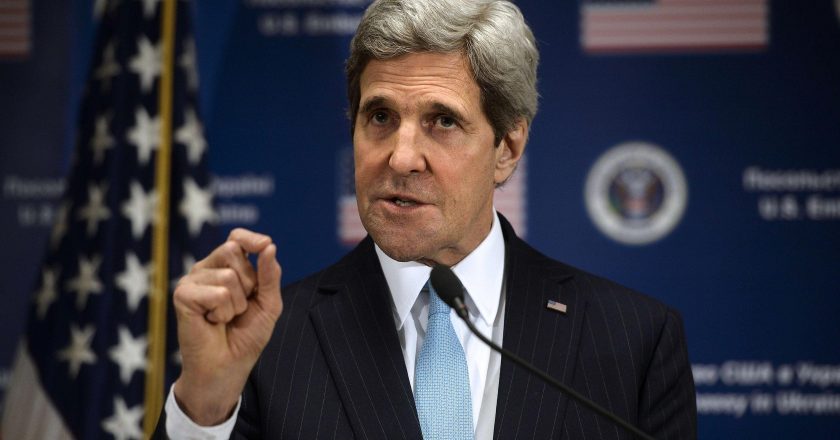
Existing analysis from respected military leaders recognizes the potential threat from climate change as no less than massively destructive and an enormous risk to national security.
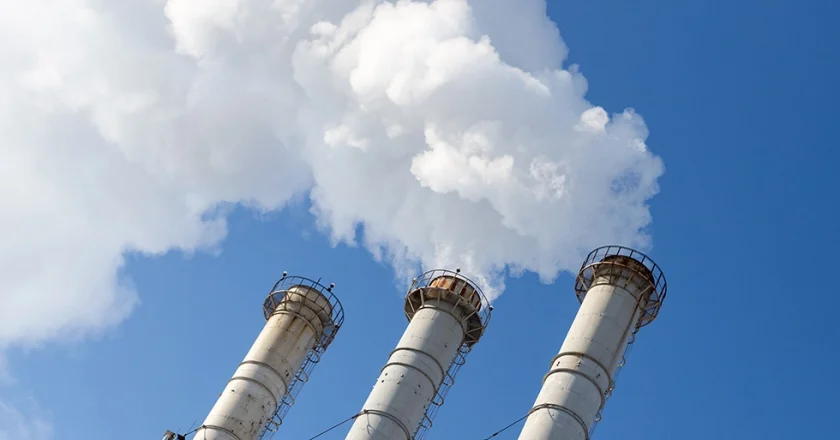
The world’s largest oil and gas companies have sky-high budgets, top scientists in their employ, and an incentive to plan for the long term due to their massive investments in permanent infrastructure. They are neither altruistic nor clueless, and they are taking climate change seriously. This includes planning ahead for a future with strong climate policies



It has fallen upon climate scientists to develop the technical sophistication and to employ the research methods necessary to understand climate variables, how they change across time and space, and the degree of human-caused climate disruption.